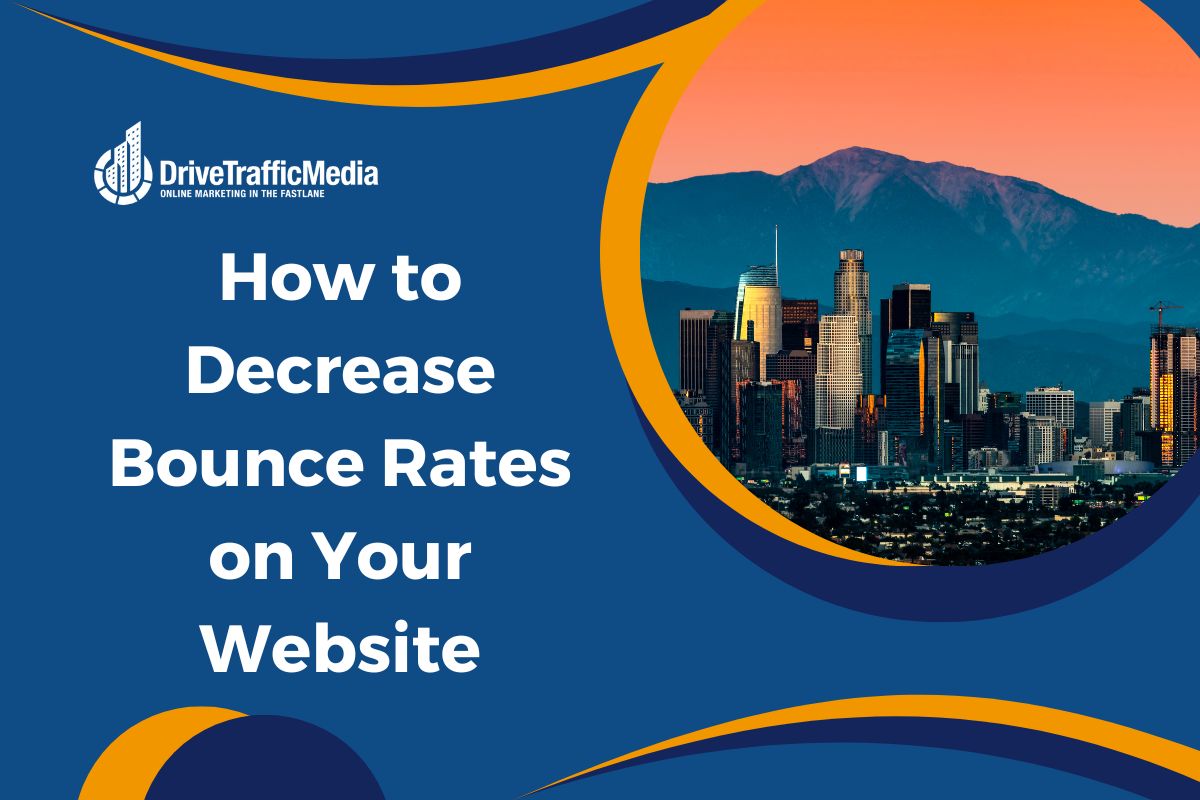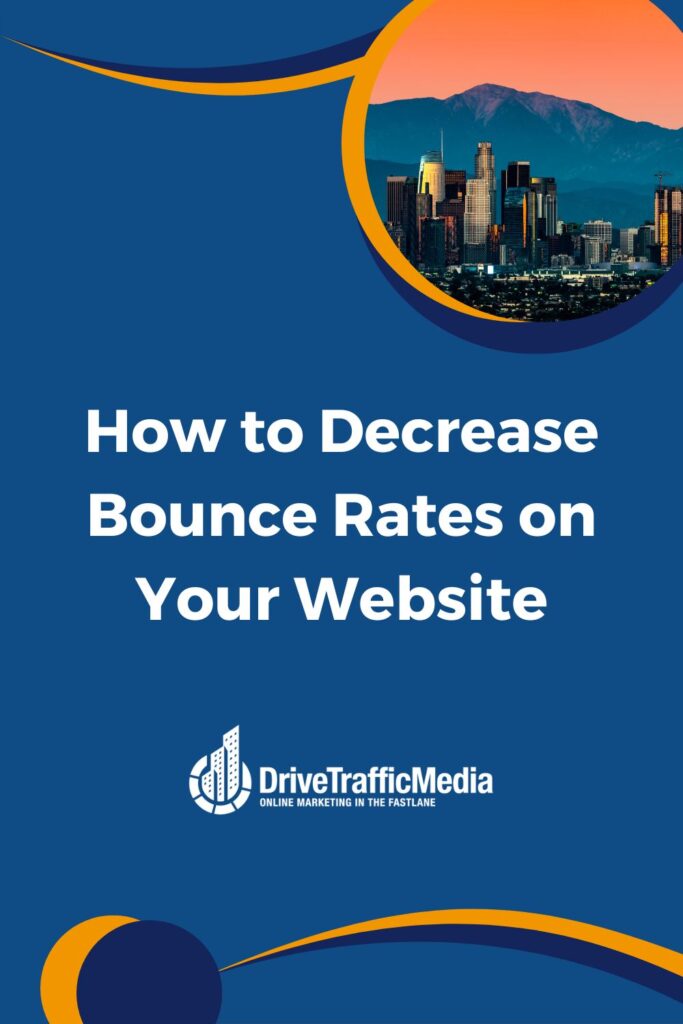Bounce rate is the percentage of readers who click away from your website after viewing only one page. A high bounce rate can mean visitors need to be more impressed by your first impression, and your website needs to be more engaging to spend time on. Here are some tips to decrease bounce rates on your website:
Improve Your Website’s Usability
The first step to reducing bounce rates is to make your website easy to use and navigate. Use salient headings, menus, and calls to action that guide visitors to the content they seek without instruction. Additionally, ensure your website is mobile-friendly and responsive to different screen sizes. If your website is only optimized for desktop use, your website could look more stable on mobile.
Optimize Your Website’s Loading Speed
Slow loading times can frustrate visitors and increase bounce rates. Use image optimization, caching, and other techniques to speed up your website’s loading times. Monitor your website with page loading speed tools to see if it loads well.
Make Your Content Engaging
Visitors are likelier to stay on your website if they find your content engaging and valuable. Use images, videos, infographics, and other visual content to make your content more appealing.
Also, please write conversationally and use headers, subheaders, and bullet points to simplify your text and make it easier to read. Viewers can then skim through instead of finding whatever they need in a wall of text.
Make Your Website Visually Appealing
The design of your website can impact bounce rates. A website design that needs to be more organized can turn off anybody who visits you from the get-go. Use a clean and professional design with a consistent color scheme and typography. Consider hiring a web design company in Los Angeles to do this.
Make Sure Your Website is Easy to Find
If visitors didn’t find your website, you wouldn’t have bounce rates in the first place. It would help if you used search engine optimization (SEO) techniques to boost your website’s online visibility. Use keywords, meta descriptions, and alt tags to optimize your content for search engines so search engines can easily pick up and suggest them to searchers.
Make It Easy for Visitors to Find What They’re Looking For
Visitors are likelier to leave your website if they need help finding what they’re looking for quickly. Use clear and concise headings, menus, and calls to action that guide visitors to the content they seek. The path to purchase should always be well-lit and straightforward.
Use Internal Links
Internal links can keep visitors on your website longer by directing them to related content. They read an interesting article, find a link to another one, and the cycle continues. Use internal links to guide visitors to associated articles, products, or services.
Use External Links
External links can also help reduce bounce rates by directing visitors to related content on other websites. Use external links to provide additional resources or to support your claims with third-party sources.
External links are also excellent because they’re an opportunity for backlinking. Backlinking is a tried-and-tested way of improving your SEO.
Make Sure Your Website is Mobile-Friendly
With more people accessing the Internet on mobile, ensuring your website is mobile-friendly is essential. Use a website design that adjusts to different screen sizes, and make sure your website is easy to use on a mobile device.
Use Exit-Intent Pop-Ups
Exit-intent pop-ups are triggered when visitors are about to leave your website. Use exit-intent pop-ups to offer visitors discounts, free trials, or other incentives to stay on your website. This could be the little push you need to increase the time spent on your website.

